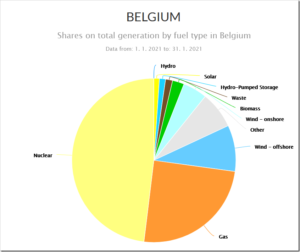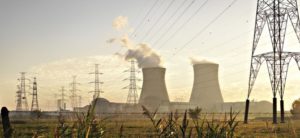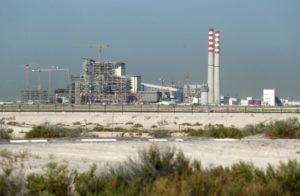by P. Homewood, Oct 29, 2021 in NotaLotofPeopleKnowThat
UDANGUDI, India/TOKYO, Oct 29 (Reuters) – On the coastline near India’s southern tip, workers toil on a pier carrying a conveyor belt that cuts a mile into the Indian Ocean where the azure waters are deep enough for ships to berth and unload huge cargoes of coal.
The belt will carry millions of tonnes of coal each year to a giant power plant several kilometres inland that will burn the fuel for at least 30 years to generate power for the more than 70 million people that live in India’s Tamil Nadu state.
The Udangudi plant is one of nearly 200 coal-fired power stations under construction in Asia, including 95 in China, 28 in India and 23 in Indonesia, according to data from U.S. nonprofit Global Energy Monitor (GEM).
This new fleet will produce planet-warming emissions for decades and is a measure of the challenge world leaders face when they meet for climate talks in Glasgow, where they hope to sound the death knell for coal as a source of power.
Coal use is one of the many issues dividing industrialised and developing countries as they seek to tackle climate change.
Many industrialised countries have been shutting down coal plants for years to reduce emissions. The United States alone has retired 301 plants since 2000.
But in Asia, home to 60% of the world’s population and about half of global manufacturing, coal’s use is growing rather than shrinking as rapidly developing countries seek to meet booming demand for power.
More than 90% of the 195 coal plants being built around the world are in Asia, according to data from GEM.
Tamil Nadu is India’s second-most industrialised state and is one of the country’s top renewable energy producers. But it is also building the most coal-fired plants in the country. read more
“We cannot depend on just solar and wind,” a senior official at Tamil Nadu Generation and Distribution Corp told Reuters.
“You can have the cake of coal and an icing of solar,” he said, declining to be named as he was not authorised to speak to media.
Full story here.






